After the hugely successful Notre Dame VR experience, legendary artist & producer Jean-Michel Jarre returned with VR studio and metaverse architects VRrOOm for “OXYMORE” as a part of Hyper Weekend Festival (France). The hybrid event took place simultaneously at the prestigious Maison De La Radio in Paris (as a live, spatial audio experience) and in VRChat, where audiences entered a giant 3D city and travelled between its clubs and hidden buildings.
It’s difficult to fully express Jean-Michel Jarre’s significance as an artist, his impact on popular culture over the last 40 years, or the role he has played in taking electronic music from the strange science experiments of the early 70s to its place as the defining characteristic of music today.
He is widely recognised as the “godfather of electronic music”, as someone who pioneered the large scale concerts and light shows that are such a staple of contemporary music: concerts as a multisensory event, bringing people together in a symphony of sound, light and technology.
Taking all this into account, OXYMORE is as much a continuation of the Jarre story as it is a journey into new areas and emerging technologies.
OXYMORE: a two-side event
The logistics behind the show are eye-wateringly complex:
Jarre performed live at La Maison De La Radio, in multiple sessions over the weekend, in front of a seated, physical audience who experienced OXYMORE (exclusively composed for the event) in a 360 degree immersive audio setup. Meanwhile, in the metaverse, VRChat avatars experienced the show in a specially created world, a giant 3D city: “Oxytown”, (designed by Russian artist Pavel Pavlyukov) teleported between its various areas in a collective VR experience.

The whole project is presented as a homage to another towering figure in French music, Pierre Henry, acting as a kind of immersive timeline tracking the earliest experiments of Musique Concrète in the 1920s through to today.
In many ways the experience often feels like a conversation between the two, simultaneously building new sonic landscapes and deconstructing them with loops, modular synths, skittering beats and immersive tech.
I attended both the VR experience and the physical event, curious to see how the team would approach the seemingly impossible feat (both technically and creatively) of bridging the gap between a physical concert and its digital counterpart.
In the audience was Mike Salmon, no stranger to large scale VR events, having run the social VR elements of the Venice Expanded Festival last year.
OXYMORE was as much an adventure as it was a concert. Rather than create a space designed to elicit the feeling of being at an IRL concert, we were treated to an exploitation of a bizarre cityscape. Each song takes place in a different location within the city. It’s great to see that a septuagenarian is at the vanguard of experimentation, (challenging the notion of what a virtual concert can be) and accessibility.
– VR producer Mike Salmon, ex Head of Immersive Tech at NBCUniversal
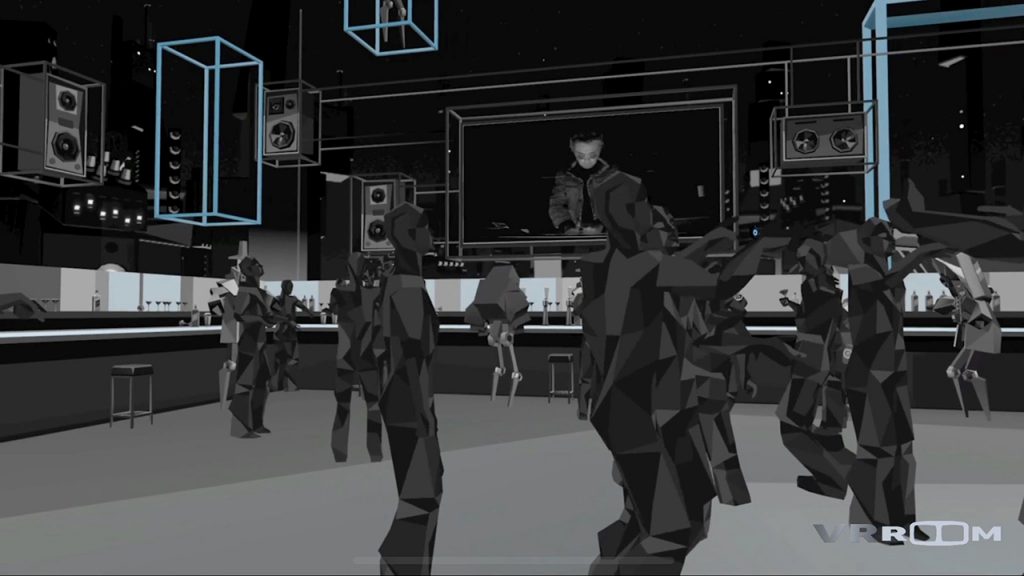
I began with the VR experience, where avatars met up in circular pods orbiting the city while we waited for the man himself to take the stage. We were in randomly selected groups, getting to know people we had never met, about to enter a city we had never seen, in a world that in many ways did not exist.
One of the concert goers I interviewed was a British nurse, a long time Jarre fan, who after completing a 13 hour shift in a North London hospital had rushed home to be part of the event.
“COVID has meant I haven’t been able to get away for a single weekend in almost a year,” she told me, as we stood on a rooftop overlooking the strange black and white cityscape made up of old tape reels and analogue equipment. Her avatar is one of the silver, low poly models created for the event.
“I wouldn’t have missed this for the world” she tells me, before leaping off the side of a skyscraper and floating into one of the buildings below.
I was struck by the way this concert served as a moment she could escape, that tomorrow morning she would need to be back in hospital, but tonight she could be somewhere else…be someone else.
Two days later I was again at a JMJ concert (in reality this time):
“Je vous demande de fermer les yeux” (I would like to ask you to close your eyes) Jarre asks the crowd as we sit for the live performance two days later at La Maison De La Radio. I close my eyes (you don’t argue with JMJ), and I’m instantly taken back to the city I visited, to the strange towering buildings and flying machines, while melodies, field recordings and samples of Pierre Henri’s voice twist and spin around the room. It’s like VR, but I don’t need to remember to charge my headset, and I’m getting really high FPS.
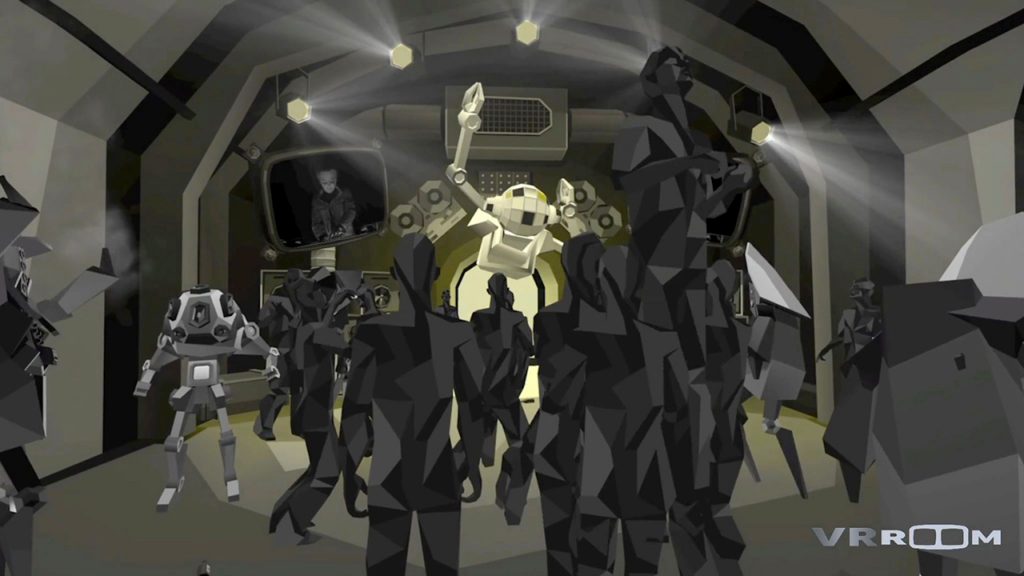
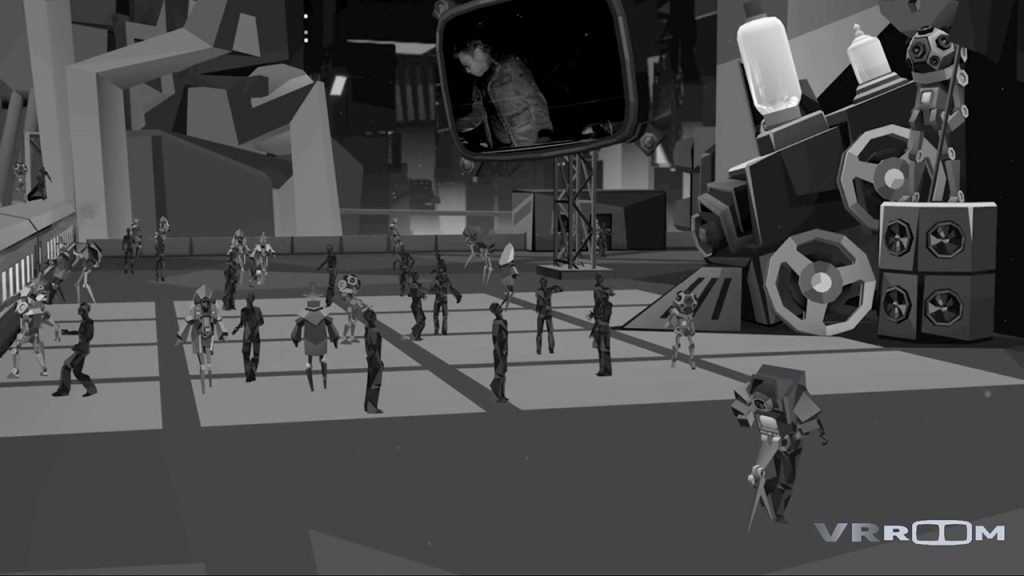
As with everything Jarre creates, OXYMORE involves multiple layers of audio and of interpretation, operating on various levels of reality, but perhaps one of the most intriguing aspects of the experience was its ability to look backwards as well as forwards- back through time to when Jarre famously created his era-defining debut “Oxygene”, with early equipment and techniques, using his kitchen as a makeshift home studio (an album which then went on to sell around 12 million copies), back to unreleased music he created with Paul Henri who sadly passed away before it could be released.
A Jean-Michel Jarre immersive legacy
Jarre has been known to say that he feels lucky to have lived through three disruptions in music: first with the advent of synthesizers and sampling, then the internet, and now XR.
It might come as a surprise that someone who has been making music for 40 years would be able to use this new medium in a meaningful way, or be able to create something that goes beyond simply uploading some MP3s into a Unity project file. However, OXYMORE proved that not only is Jarre still on top of his game, but that the themes that run through all his music: of embracing new forms and dismantling preconceptions, of connecting people using music and technology, are as intriguing and relevant as ever.
It’s worth noting that XR in music is still in its earliest stages, and despite it being almost half a century since Ivan Sutherland was strapping human beings into the Sword of Damocles, consumer VR headsets like the Quest are not without their limitations, and creators have to constantly work around restrictions, just as Jarre did when recording his era-defining Debut- Oxygène with the early synthesisers like the EMS VCS3, and Korg MiniPops.
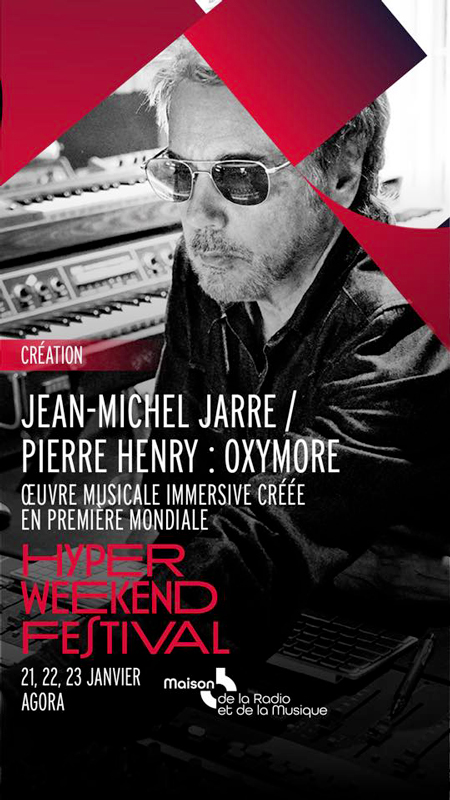
However, these constraints are often where true artists shine most brightly, in a search to express themselves in new and exciting ways.
There are enormous layers of complexity and technical limitations that face anyone attempting to push the artform forward in XR, and in OXYMORE’s case, the decision to make it Quest compatible was a very deliberate move towards making a concert open to as many people as possible, and not simply to users with high end VR equipment.
VRrOOm again cemented their reputation as one of the leading VR studios in the world (see our previous interview), by managing to execute an experience worthy of Jarre’s artistic status. The recent addition of XR legend Tony Vitillo (The Skarred Ghost) to their team has made them virtually untouchable.
First steps on the road to the metaverse
The current metaverse frenzy (or bubble?) has led to some shockingly depressing virtual experiences, and anyone who has seen Paris Hilton’s DJ set in Roblox, or this hilarious video (shared almost 5M times at time of writing) of a “Rave” in Decentraland, could be forgiven for thinking that “virtual concerts are like real concerts, except not fun, cool or meaningful in any way”.
Some might even argue that the backlash has already begun.

However, OXYMORE does more than simply offer a glimpse of what music in the metaverse will become, it is a clear line in the sand defining what a virtual concert should be, and why we should care about them.
France has historically always been quicker off the mark to embrace new modes of expression, of celebrating artistic innovation and iconoclasts- that difficult balance between underground movements and mainstream recognition.
There was something uniquely French about a concert in a government funded building, attended by the French Minister of Culture, while at that exact moment, members of the weird and wonderful world of underground VRChat subcultures flew around an imaginary city full of robot drummers and flying synths.
It was this balancing act that seemed to define the two parts of the event for me: that tension between old and new technology, between the future of music and its roots, of being in the here and now while experiencing something transcendent, of being taken “elsewhere”.
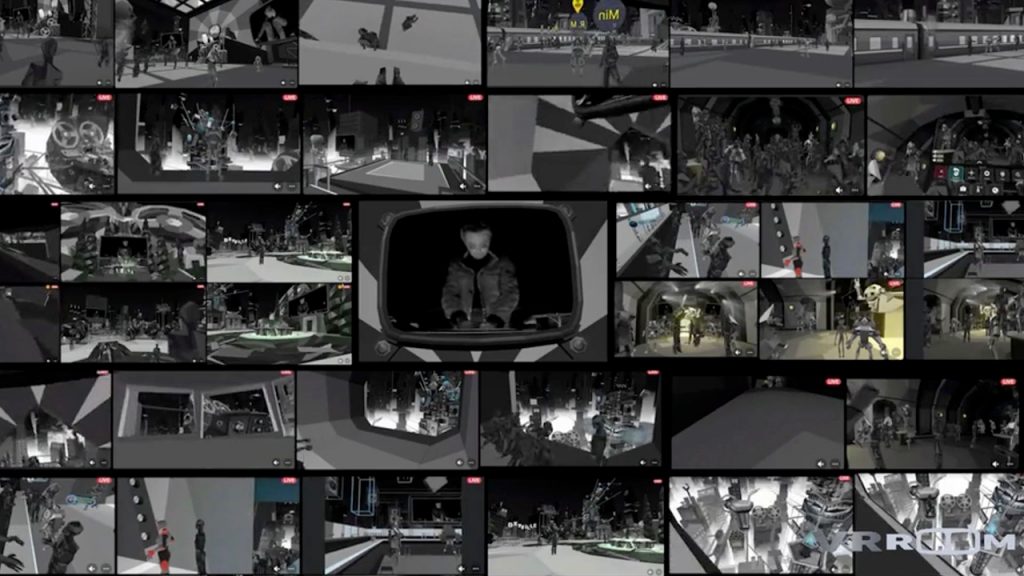
OXYMORE is a monumental achievement, for both Jarre and VRrOOm, embracing technology and working with limitations rather than against them, to create an experience that is as futuristic and daring as it is timeless.
It avoids feeling derivative or gimmicky by showing that “immersion” in music isn’t something new, it is at the very core of what music has always been.
OXYMORE’s next stop is SXSW 2022 (March 11-20) for a special showcase in a physical dome AND on VRChat. Jean-Michel Jarre is due this autumn with virtual replays of the concert before the end of the year.

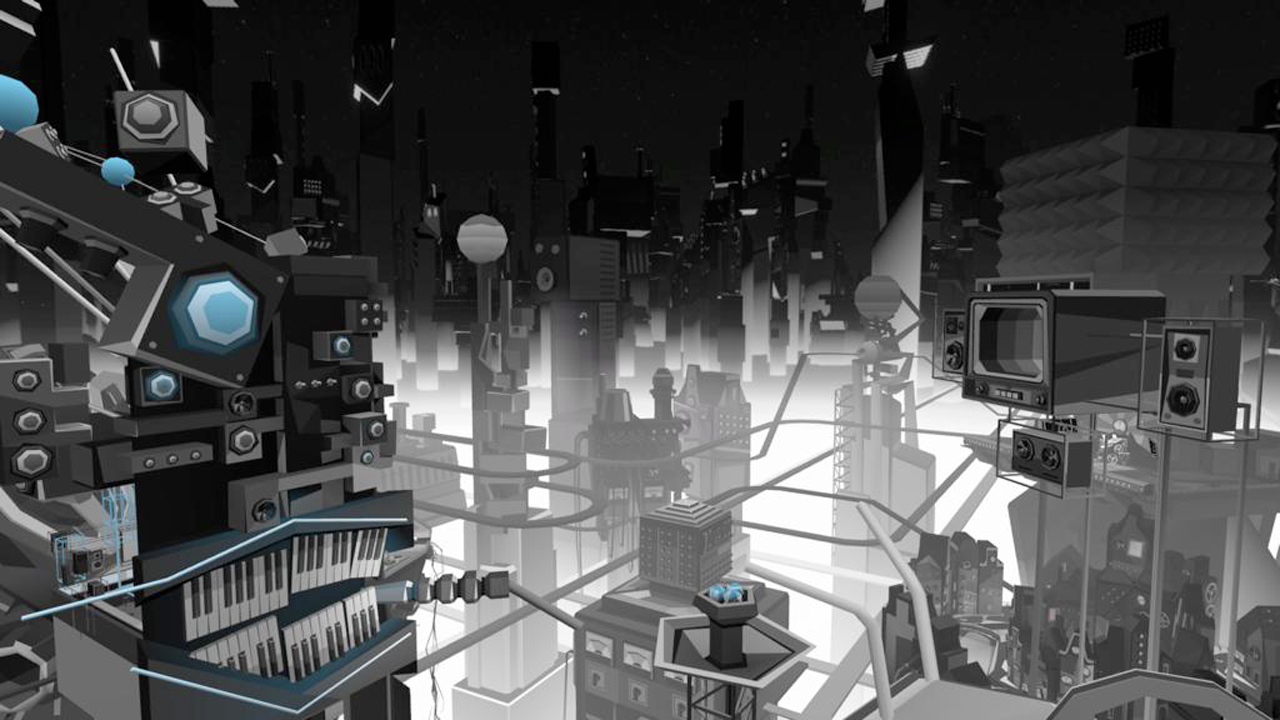

Leave a Reply
You must be logged in to post a comment.